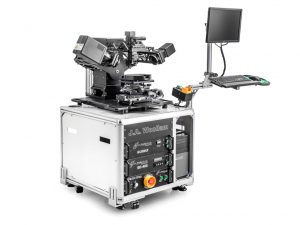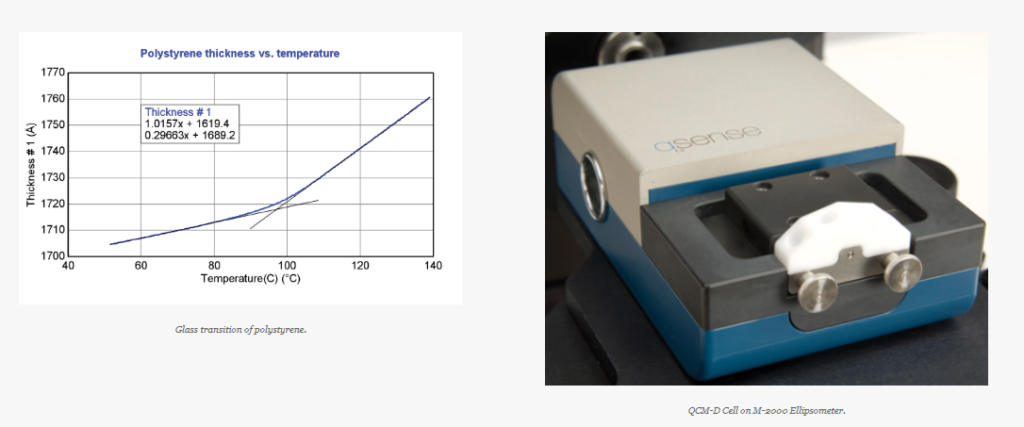M-2000 ELLIPSOMETER
The M-2000® line of spectroscopic ellipsometers is engineered to meet the diverse demands of thin film characterization. An advanced optical design, wide spectral range, and fast data acquisition combine in an extremely powerful and versatile tool. The M-2000 delivers both speed and accuracy. Our patented RCE technology combines Rotating Compensator Ellipsometry with high-speed CCD detection to collect the entire spectrum (hundreds of wavelengths) in a fraction of a second with a wide array of configurations. The M-2000 is the first ellipsometer to truly excel at everything from in-situ monitoring and process control to large-area uniformity mapping and general purpose thin film characterization. No other ellipsometer technology acquires a full spectrum faster.
General Specification
- Spectral Range:
D: 193-1000 nm; X-210: 210-1000 nm X: 245-1000 nm; U: 245-1000 nm; V: 370-1000 nm; +I: adds 1000-1690 nm; - Number of Wavelengths:
D: 500 wavelengths; X-210: 485 wavelengths; X: 470 wavelengths; U: 470 wavelengths; V: 390 wavelengths; +I: adds 190 wavelengths; - Angles of Incidence
45°-90° (Automated Angle Base) 20°-90° (Vertical Automated Angle Base) 65° (Fixed Angle Base) 65° (Test Base) - Data Acquisition Rate (Complete Spectrum)
0.05 seconds (2-5 seconds is Typical) - Max substrate thickness: 18mm
- Power Requirements: 100/240 VAC, 47-63Hz, less than 1 Amp
- Dimensions Contact us for dimensions

Applications
1. Optical Coatings
Characterize both thickness and refractive index for single- and multi-layer coatings; anti-reflection, high-reflection, or decorative coatings. Calculate the color coordinates for your coating stack under different lighting conditions.

2. Semiconductors
Traditional ellipsometry applications are still going strong. Characterize any semiconductor material: resists, photomasks, SiON, ONO stacks, low-k dielectrics, high-k gates, SOI, SiGe, II-VI and III-V ternary and quaternary compounds.
3. Chemistry/Biology
The M-2000 can be used for a variety of chemical and biological applications, either as a stand-alone tool or in combination with one of our many accessories. Study materials under liquid ambient, at high or low temperatures, or in conjunction with QCM-D measurements.

4. Conductive Organics
Great progress has occurred in the area of organic layers and stacks used for display (OLED) or photovoltaic applications. There are many different materials being studied, from small molecules such as Alq3 to conjugated polymers such as P3HT. Often multiple materials are blended together – which requires the wide spectral range of the M-2000 – to probe different wavelengths where the organics are optically different. Long-chain molecules may also have significant anisotropy, where orientational stacking of the polymer chains produces different optical constants in different directions.

5. Photovoltaics
Film thickness and optical properties are critical to performance of solar devices. Ellipsometry is used for development and monitoring of all PV materials: a-Si, μc-Si, poly-Si, AR Coatings (SiNx, AlNx…), TCO Films (ITO, ZnOx, doped SnO2, AZO), CdS, CdTe, CIGS, organic PV materials, and dye sensitized films.

